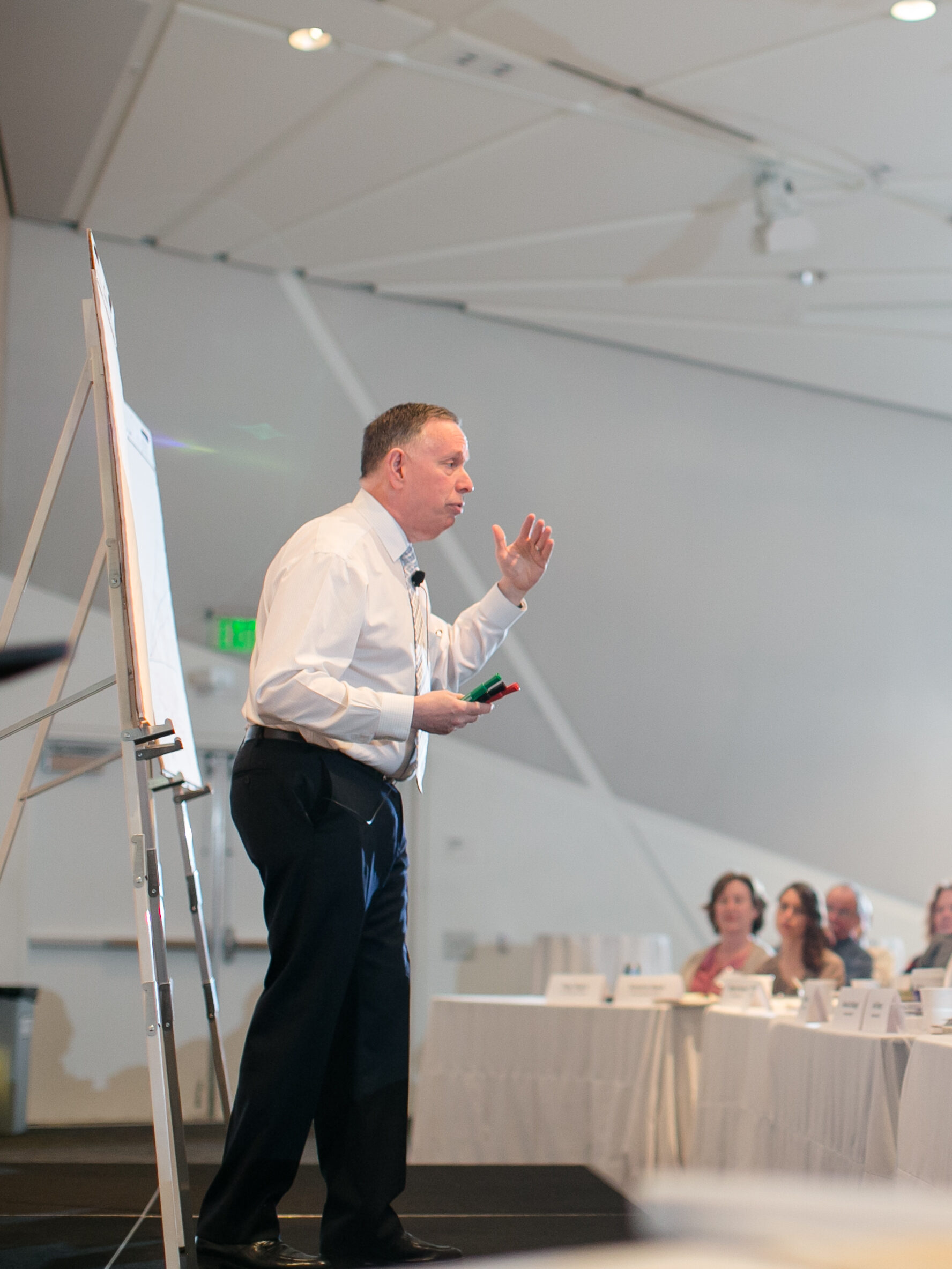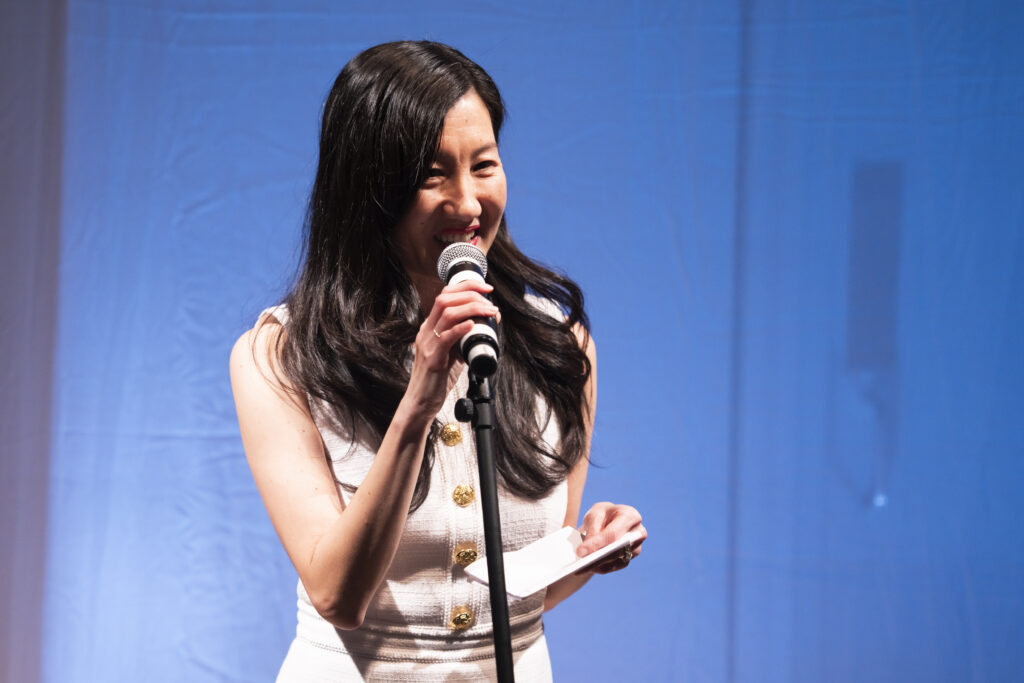Why Executive Leadership in Dance is So Difficult
Arts leaders agree: When it comes to the business of dance, things are hard right now. Really hard. Ticket sales are down. Individual giving is down. Grants are a moving target. And all of it is the purview of executive directors, who are feeling the pressure.

“The job is really tough, and you have to love it,” says Garen Scribner, a former professional dancer and the founder of the arts management and consulting company Pilot MGMT. “Most businesspeople would tell you this doesn’t make sense.”
Today’s dance organizations need executive directors who are out-of-the-box thinkers, with an understanding of artistic vision as well as great business sense. “You need a unicorn,” says Scribner, who has a master’s degree from Harvard University’s Kennedy School of Government. “You need someone who has the skills to manage lots of personalities—with an interest in fundraising and a capacity to do it successfully.”
Constant Change
Unicorns are, unsurprisingly, hard to find. In dance, that’s led to a sort of executive director musical chairs, with some successful executives rotating through multiple organizations. At Boston Ballet, Ming Min Hui recently replaced Meredith “Max” Hodges, who had previously worked for Gallim Dance and is now at New York City’s The Shed. Barry Hughson moved from National Ballet of Canada to American Ballet Theatre this year.
Elsewhere, the landscape has looked more like a revolving door, with executive directors departing dance companies after relatively short tenures—perhaps unsurprising, given the challenges of the job. In the last four years, for example, at least eight Chicago dance organizations have replaced their executive leaders.
Two of the new leaders are Makeda Crayton and Erica Lynette Edwards. After successful performance careers, both are executive directors for the first time, with Deeply Rooted Dance Theater and Giordano Dance Chicago, respectively. And both are managing capital campaigns aimed at building dance centers on opposite ends of their home city.
As Edwards rounds the bend on her first full year in her role, she’s focused on incremental change. “I call it my year of discovery,” says Edwards, who worked as a nonprofit consultant prior to joining the 60-year-old jazz-dance company. “I’m in an interesting position, because artistically the company is thriving. Administratively, we are all new.”
When Crayton arrived at Deeply Rooted, first as its operations director, she similarly found a company at the top of its artistic game, but with insufficient administrative structures in place to support the sort of growth it needed. So she’s simultaneously planning, beta-testing, and implementing new business processes—all while running a $20 million capital campaign.
The work is both important and exhausting. “It’s going well,” Crayton says, “but it comes at a price.”

The Next Generation of Leadership

Michael Kaiser, chairman of the DeVos Institute of Arts Management at the University of Maryland, says the pandemic accelerated a 20-year trend: the arts’ overreliance on an aging audience and donor pool, as younger generations’ giving habits are more focused on funding organizations involved with the environment, politics, and social issues. By his estimation, generational turnover is partly to blame for the current musical chairs in executive leadership.
“I’m part of a generation of arts leaders who dominated the field administratively for quite some time,” Kaiser says. “Many of us have gotten to or are past retirement age, and we didn’t necessarily train up that next generation of leaders all that well.”
The new crop of executive directors is still dealing with pandemic-related financial shortfalls. Sonja Kostich, who danced at American Ballet Theatre and in Mikhail Baryshnikov’s White Oak Dance Project, shepherded Kaatsbaan Cultural Park in upstate New York through COVID-19 shutdowns. She chose to view that enormous challenge as an opportunity for innovation.
“ ‘Think differently’ was on everybody’s minds,” says Kostich, who went to business school following her career onstage and briefly worked for Goldman Sachs.
Kostich is now president and executive director of Baryshnikov Arts Center—a full-circle moment, after dancing for Baryshnikov at both ABT and White Oak. She sees it as mission-based work. “For arts nonprofits, what’s very challenging is you have a lot of passion, but you don’t have the resources to build as much infrastructure that supports that passion,” she says.

An Inflection Point
Rachel S. Moore, formerly executive director of American Ballet Theatre and now president and CEO of The Music Center in Los Angeles, says one remarkable pain point today is the tension between philanthropy and equity. “It’s become clear that some of the major foundations have decided that they will no longer be supporting large institutions—at the moment women and people of color are starting to run them,” she says.
Another tension is the price of admission. Nonprofit dance companies have understandably swung the pendulum toward affordability and accessibility, keeping ticket prices stable or lowering consumer costs as inflation impacts Americans’ pocketbooks. But Scribner says that can unintentionally undervalue the art, impacting both attendance and the bottom line.
“People don’t think it’s valuable, because you haven’t valued it,” he says.
The Danger of the Status Quo
Many of the challenges dance’s executive directors face are far from new. In the 1990s and 2000s, Kaiser earned a reputation for bringing financially struggling dance organizations back from the brink. “They all had one thing in common,” he says. “By the time I got to them, they had very small support bases left.”
Kaiser says the knee-jerk reaction is often to pull back on artistic initiatives and marketing when a company is under pressure. “Those are the very two things that actually create excitement and interest—and therefore help generate revenue,” he says. “When an organization gets in a little bit of trouble, they tend to make it worse by getting a little less interesting and a little less visible.”
Stubborn Optimism
The balance between financial viability and artistic excellence is an ever-moving target. To hit it, executive directors will need to be both courageous and thoughtful.
“It’s not nice lunches or beautiful letters,” Kaiser says. “What builds a donor base is really exciting art, really strong institutional marketing, and an ability to make people feel part of your organization.”
Moore believes the arts’ nonprofit models are salvageable—if leaders act quickly and with adequate support.
“It’s evolution, not revolution,” she says. “We need to evolve. The question is: Are we going to be able to evolve fast enough to survive?”




